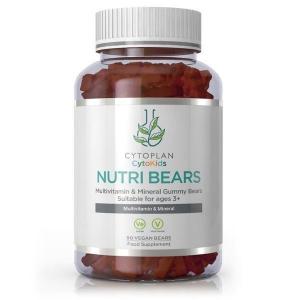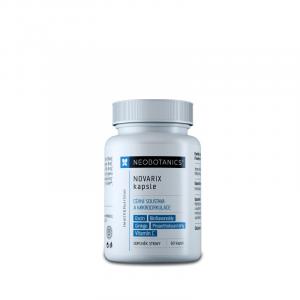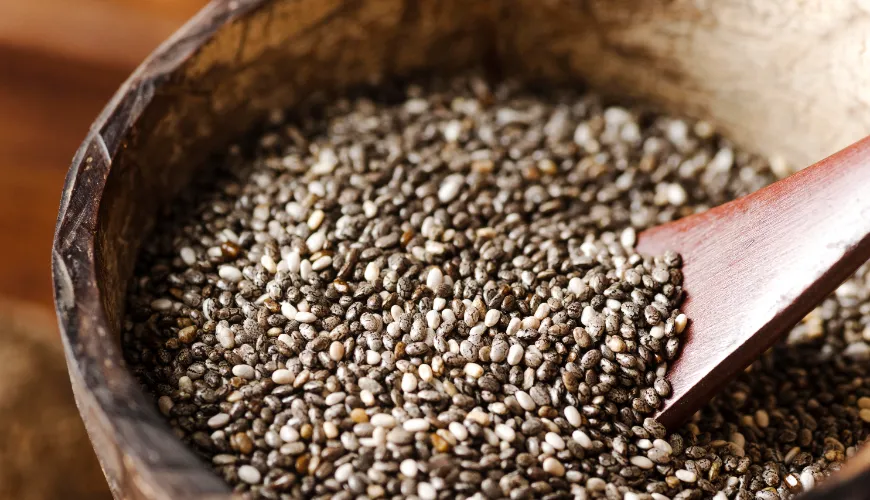
Where to Find Shimeji Mushrooms and How to Use Them in Modern Cuisine

Shimeji - A Subtle Gem Among Mushrooms with Exceptional Effects and Flavor
At first glance, they may seem modest, but beneath their caps lies more than meets the eye. Shimeji mushrooms – subtly aromatic, firm to bite, and exceptionally healthy. This type of edible mushroom, originally from East Asia, is slowly making its way to European tables. Not only do they taste great, but they also offer a range of positive health effects. What lies behind this culinary treasure, and how can we best use it in the kitchen?
What are Shimeji Mushrooms and Where Do They Come From?
Shimeji is the Japanese name for a group of edible mushrooms from the genus Hypsizygus and Lyophyllum. In the culinary world, we most commonly encounter two types – white shimeji (sometimes referred to as bunapi-shimeji) and brown shimeji (hon-shimeji). Both types originate from Japan but are now commonly cultivated in Europe and North America.
White shimeji resulted purely from a natural mutation that led to the loss of pigment. They are milder than their brown relatives, but the typical nutty flavor and firm texture remain. Shimeji mushrooms are popular not only for their taste but also because they do not overcook and maintain a pleasant structure when cooked.
Their occurrence in the wild is very limited, which is why most of the fruiting bodies available on the market are grown under controlled conditions. Thanks to this, shimeji are available year-round and are becoming an increasingly common guest in modern kitchens.
Shimeji and Their Health Effects
In addition to their culinary qualities, shimeji mushrooms are renowned for their positive health effects. They contain a number of bioactive substances, which often places them among so-called functional foods.
Research shows that shimeji contain beta-glucans, which support the immune system, lower cholesterol levels, and help prevent cardiovascular diseases. They also contain amino acids, antioxidants, and some B vitamins. Another interesting aspect is their high fiber content, which supports gut health and digestion.
Try our natural products
According to a study published in the Journal of Medicinal Food, extracts from shimeji mushrooms have antibacterial and anti-cancer effects. And even though not all effects have been fully explored, it is already known that regularly including these mushrooms in the diet can contribute to overall vitality.
As the Japanese proverb says: “We should listen to mushrooms – they tell us what we need for life's balance." Shimeji naturally become not only part of a healthy diet but also a lifestyle focused on prevention and longevity.
How to Prepare Shimeji Mushrooms and What to Do with Them in the Kitchen
One of the greatest advantages of shimeji mushrooms is their versatility. They are suitable for soups, stir-fry mixes, pasta, risotto, and as a side dish to meat. Thanks to their firm consistency and mild flavor, they combine excellently with other ingredients – from garlic and chili to soy sauce.
Before cooking, it is recommended to separate the individual caps from the base cluster and possibly shorten the stems. Unlike some other mushrooms, shimeji are not suitable for raw consumption – in this state, their flavor is bitter. However, with brief cooking or sautéing, they gain a complex, mildly nutty flavor and pleasant texture.
Try a Simple White Shimeji Recipe:
Sautéed White Shimeji with Garlic and Butter
Ingredients:
- 200 g of white shimeji mushrooms
- 2 cloves of garlic
- 2 tablespoons of butter or a plant-based alternative
- Salt, pepper to taste
- Fresh parsley for garnish
Instructions:
- Clean the mushrooms and separate the individual caps.
- Melt the butter in a pan, add chopped garlic, and briefly sauté.
- Add the mushrooms and sauté for about 5–7 minutes until they lose their raw structure and gently brown.
- Salt, pepper, and serve sprinkled with chopped parsley.
This simple recipe for white shimeji is an ideal side dish to baked tofu, rice, or potatoes. It's also a great example of how elegant and tasty minimalist cuisine can be.
Inspiration from Asia and Europe
Although shimeji mushrooms originate from Asia, they also find great use in European recipes. You can add them to risotto instead of classic mushrooms, combine them with pasta, or bake them with eggs as part of a frittata. In Asian cuisine, they are commonly used in fried noodles, miso soups, or in a so-called hot pot – a sort of mushroom broth served with fresh vegetables and tofu.
One popular preparation method is shimeji sautéed in sesame oil with soy sauce and spring onions – ideal as a quick dinner or part of a bento box.
An example of successful fusion of tradition and modernity is a vegan restaurant in Copenhagen, where shimeji are served as a main dish with chickpea purée, roasted beets, and pomegranate. This colorful plate demonstrates that shimeji have an honorable place in contemporary cuisine – not only for their taste but also for their appearance.
Where to Find Shimeji and What to Watch Out For
Thanks to the growing interest in healthy eating and fermented, functional foods, shimeji can be found in fresh and dried forms in some supermarkets, specialized health food stores, or at farmers' markets. When purchasing, choose fruiting bodies that are firm, without signs of moisture or mold. Fresh shimeji can last up to a week in the fridge, ideally in a breathable paper bag.
If you enjoy home growing, you can also purchase mushroom growing kits – however, shimeji are among the more demanding species and require specific conditions (humidity, light, temperature). For the average grower, it is better to rely on mushrooms cultivated by trusted producers.
Small Mushrooms with Great Potential
Next time you come across shimeji in a store or market, don't hesitate to include them in your diet. They're not just an exotic recipe addition – these mushrooms are a rich source of nutrients, flavors, and health-beneficial substances. Their mild yet distinct flavor can enrich both an ordinary dinner and a festive feast.
Whether you choose brown or white shimeji, you will surely discover the charm of this subtle mushroom, which rightly earns its place not only in oriental but also in everyday European cuisine.







